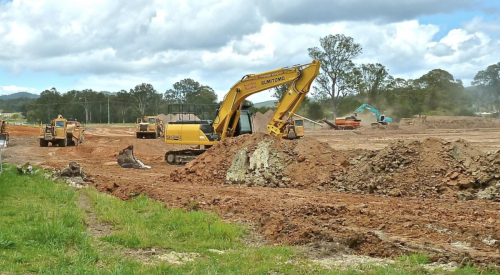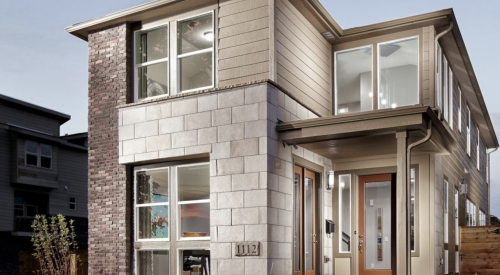A little over 2 years ago I woke up one morning and realized my mergers and acquisition consulting business was dead. I had successfully orchestrated more than 85 transactions for buyers and sellers during the previous 10-year chapter of my life. It was time to come to grips with the fact those doors had slammed shut and wouldn't be reopening for quite some time.
I decided I needed to reinvent myself once again and create a new niche if I were to continue working with home builders to increase their chances of survival. This was the fourth time in 46 years I had to go back to the drawing board. It wasn't a pleasant idea at 70.
Very luckily, and almost immediately, I found myself besieged by calls from private equity groups. In the span of 20 months I received no less than 37 calls. The message was always the same: “We recognize there will be a lot of opportunities to make money in 'home building space' (their term of art), but we don't know anything about this space.” I was informed they had asked around whom they should be talking with, that my name had come up often, and that's why they were calling.
After quickly discarding 10 of the 37 (30-year-old-plus MBAs who had no home building experience and who weren't even vaguely interested in learning how, when, and where to invest), I mounted my horse and rode off into the New York City sunset to meet the only folks in the U.S. who might still have money to possibly help save home building. That was quite an experience!
I would always ask the same initial question: “What is your investment thesis?” I always got the same answer too: “We want to purchase home building assets at 20-40 cents on the dollar and hold them until they're worth 60-80 cents.” My second question was: “Did you ever think 20-40 cents might be too much?” Their second answer was: “No, what do you mean?” I felt like I had gained control over the discussion and subject matter.
I explained that 20-40 cents might be too little, just right or too much but no builder-developer worth his salt would ever buy an asset at some percentage on the dollar. I further explained that any of us in-the-know would create a matrix for each asset. We would build the vertical out on paper, entering what could be built and successfully marketed on the property today — its price, use various absorption versus price models — and assume the world of home building was not going to improve much in the next 2 years. In the third year, there might be some absorption improvement; in the fourth year there might be more absorption improvement and perhaps even some price improvement but not more than inflation. We would then add to the mix our IRR criteria and compute what we could afford to pay for the asset — no great mystery and no slight of hand required.
Their response was, “That made sense,” and they asked “What else?” Wow, I was hitting on all eight cylinders. I further told them, in order to avoid or reduce the chance of catastrophe, they needed local feet on the ground in each market they wanted to invest in because home building was a local business. I suggested they find local partners with long-term experience and a solid franchise and good contacts who were also willing to have some “skin in the game” alongside their fund.
I couldn't believe my ears. I was being told that also made sense. The next question was if I had any additional wisdom I could present. Yes, I eagerly answered, and then explained that when home building normalized once again, most of us strongly believe that builders would try to emulate the NVR model— just-in-time finished option lots — as closely as possible. Optioning lots would once again become popular and achievable, and investors needed to insert the additional time and risk into their proforma financial models.
They bought that one, too. Three in a row. Not bad.
After having batted 1,000, I concluded it was time to stop. For the next 18 months, I received a call a month from each private equity group asking when I was going to bring them a first deal. My answer was always the same: “When I have a good one.”
| Author Information |
| Michael P. Kahn is president of Michael P. Kahn & Associates, a financial advisory firm specializing in housing industry mergers, acquisitions and capital formation. |










